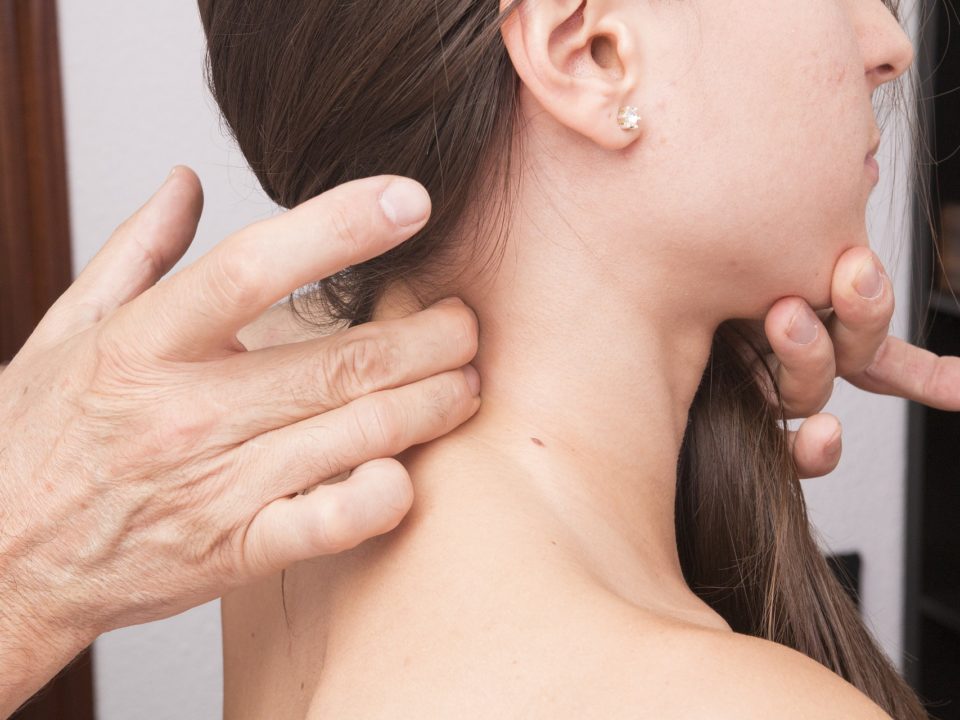Men’s cosmetic surgery on the increase
Liposuction – how to get the best results
Signs of complications or problems will vary from surgery to surgery, but there are some general guidelines to follow. If any of the following signs or symptoms occurs, call your doctor immediately, no matter what time of the day or night. If you cannot get in contact with your surgeon, dial 999 immediately.
– Gradually increasing pain that becomes more severe despite pain medication.
– A red area around the incision with a noticeable line of demarcation, especially if the area of redness is extending. (note: pinkness within a few millimeters of the incision is normal).
– Thick white or yellow discharge (pus) from wound (thin yellow, orange, or pink fluid is normal).
– One side noticeably and increasingly larger and/or firmer than the other side.
– Repeated nausea, vomiting, diarrhea.
– Any type of rash.
– Difficulty breathing, chest pains, or swelling of the lips or throat.
– Pain in your calves.
– Fever over 101 degrees. (99′ to 100′ Fahrenheit is normal after surgery).
– Blood-soaked dressings (pink fluid is normal, red is not).
– Inability to urinate.
– Dark blue, purple, gray, or black appearance to skin, especially near incisions.
Some of these symptoms could be due to life-threatening conditions so it is imperative that you seek medial assistance as soon as you can; do not just try to ‘wait it out’ to see if it gets any better. If you are unsure about anything, it is better to be safe than sorry so either get to your local hospital or call for an ambulance.





